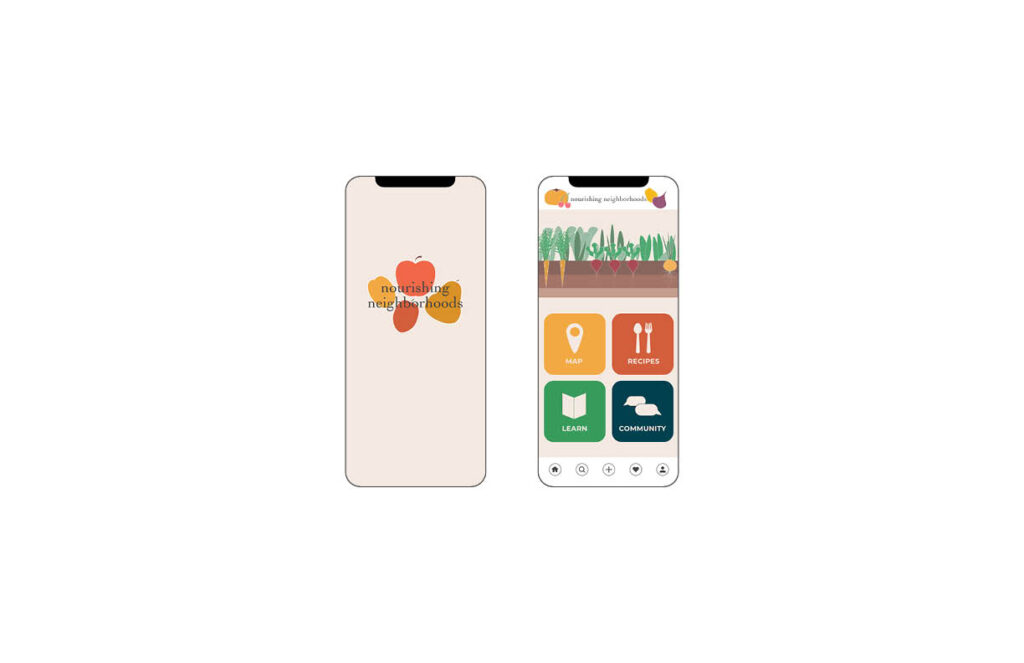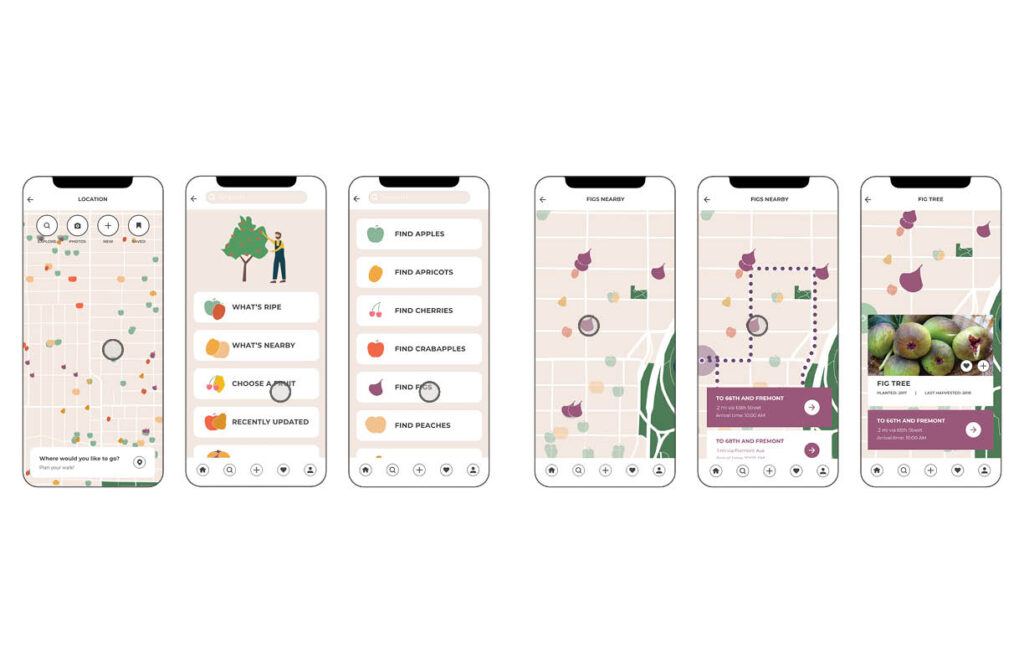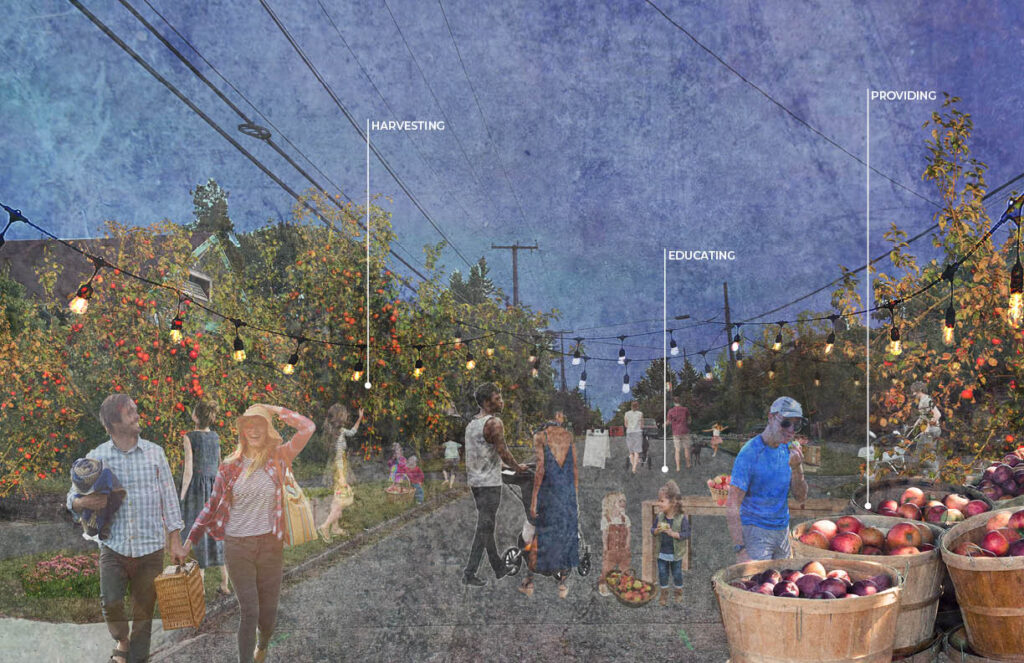This thesis proposes North Seattle College as a laboratory to explore the future of sustainable development at the district scale. Incorporating principles of circular cities, regenerative design, and the Water-Food-Energy Nexus into the North Seattle College campus allows the school and its users to move beyond limiting their impacts and minimizing resource use; they will begin giving back to the earth. North Seattle College is a prime location to explore how integrating the flows of food, water, and energy into circular systems can allow a college campus to operate more sustainably and inter-dependently within the broader ecological context. As cities continue to increase in density and the problems caused by climate change continue to intensify, it is important for cities to become more sustainable and resilient. Holistic sustainable design, that prioritizes the health of ecological systems, lessens a city’s ecological footprint and mitigates the negative impacts on the environment by designing efficient buildings, generating energy on site and closing resource loops. The future of urban living will rely on thinking holistically about the way buildings situate themselves within the urban fabric and the relationships these buildings have with the surrounding ecological systems. To maximize the impact of sustainable design, systems should be organized at the scale of city districts where resource flows become evident. Buildings should push their systems beyond the building and influence the surrounding environment on an ecological and social level.
Keyword: Urban Agriculture
Nourishing Neighborhoods: Cultivating Local Food Connections in the Urban Environment
Have you ever walked by fruit trees in your neighborhood and wondered what kind of fruit they were producing and whether you could pick it?
By tracing the history of food in Seattle, from the native plants that have long fed Coast Salish people to the globally sourced food imported today, this design research examines local food production systems in Seattle’s neighborhoods and how they can be enhanced for the future. How can urban food that is cultivated on public land nourish neighborhoods while providing opportunities for education and engagement? This exploration demonstrates how app technology, mapping, and recipes can connect communities to urban nature and food history.



